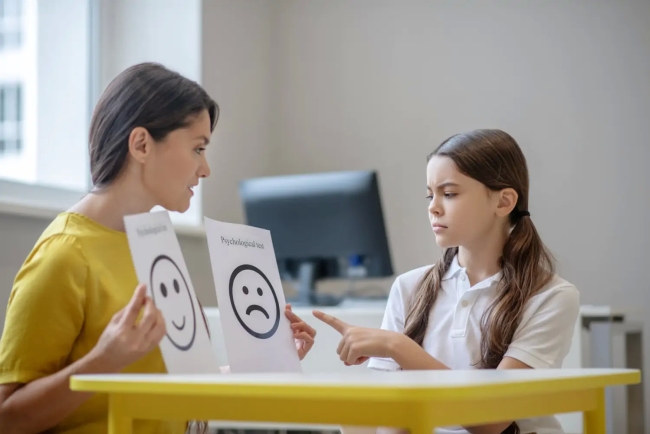10 Things Every Parent Should Know About Swimming Lessons That Save Lives
The most crucial thing to keep in mind with swimming lessons is that all children require them.
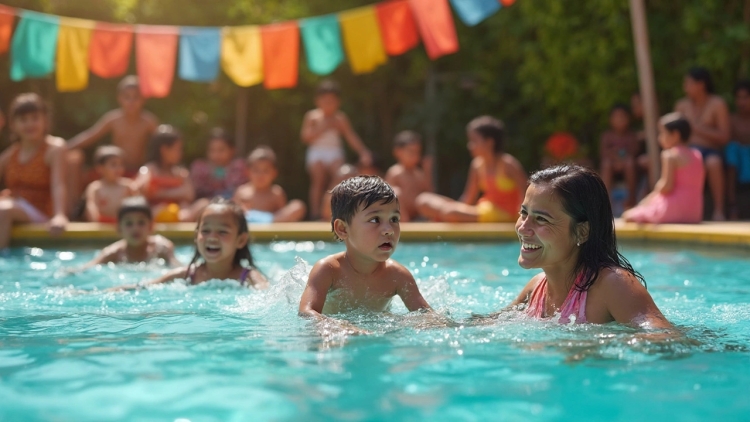
Drowning is still the most common cause of unintentional death for children ages 1 to 4 in the United States, where it claims over 4,500 lives annually. The catastrophe? A large number of these deaths are avoidable. No, your child does not need to master Olympic-style flip turns or the butterfly stroke, but it can save lives if they know how to tread water, float, and get to safety.
In order to help keep your child safe, we have broken down the top 10 things every parent should know regarding swimming classes below.
1. Around age 4, real swimming abilities start to develop.
It takes most children until they are about four years old to acquire the concentration, memory, and motor abilities necessary to learn to swim. However, each child is unique, and some might be prepared sooner than others. Your child may be prepared to begin classes if they can follow instructions and maintain concentration for brief periods of time.
2. Even young children can learn the fundamentals of water safety.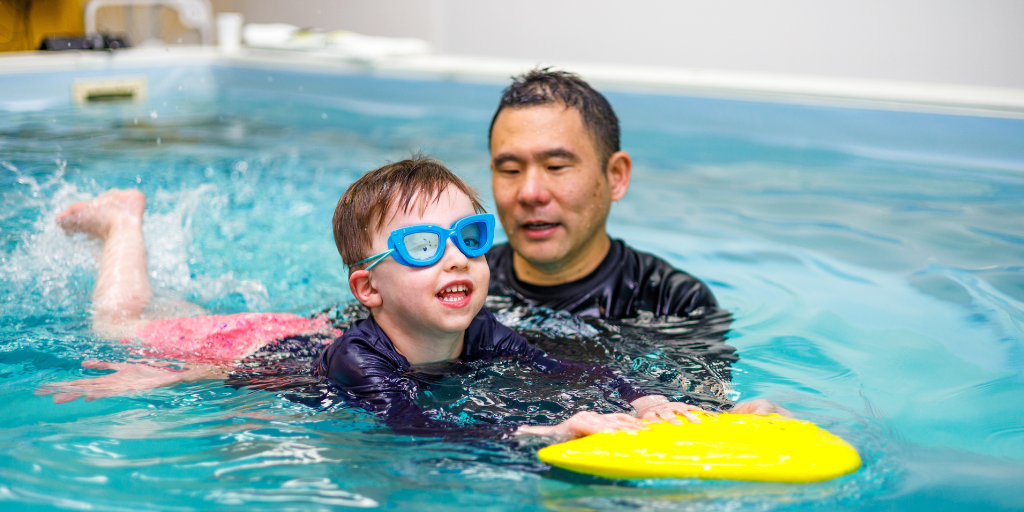
Safety instruction and exposure to water can help children as young as one year old. They can still learn vital abilities like turning over, floating, and reaching for the pool side even if they might not be able to swim on their own.
3. The classroom setting is very important.
Not every pool is made equally. Verify the facility's cleanliness, security, and safety design:
Deeper water should be kept off or marked properly.
Safety signs and emergency supplies must be prominently displayed.
Follow your gut and ask inquiries or leave if something does not feel right.
4. Teachers need to be certified and trained.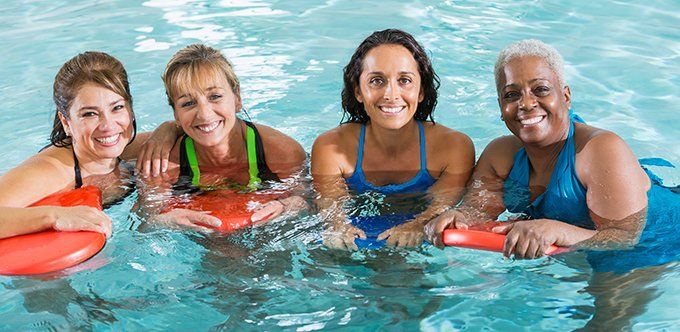
Do not assume that all teachers are knowledgeable. Ask:
How do educators receive training?
Do they hold certifications from groups such as the YMCA or Red Cross?
How is the quality of their work assessed?
It is critical for your child's protection.
5. Class size is important, particularly for novices.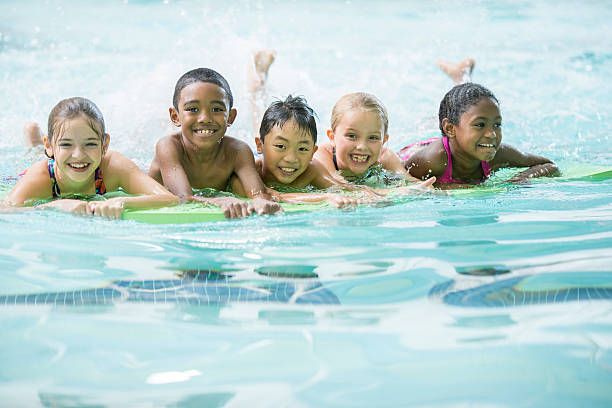
The instructor should be able to keep all of the students within arm's reach of the beginner swimmers. Smaller groups enable more individualized attention and are safer. Class sizes can grow as your child develops, but only if safety is maintained.
6. Seek out an organized curriculum
Children are not only thrown into the water by an excellent swim program. There ought to be:
A skill progression (from stroke development to water acclimation)
Level-based placement to prevent children from facing too much or too little difficulty
Techniques for assessment to monitor development and advance them
7. Parents ought to be able to watch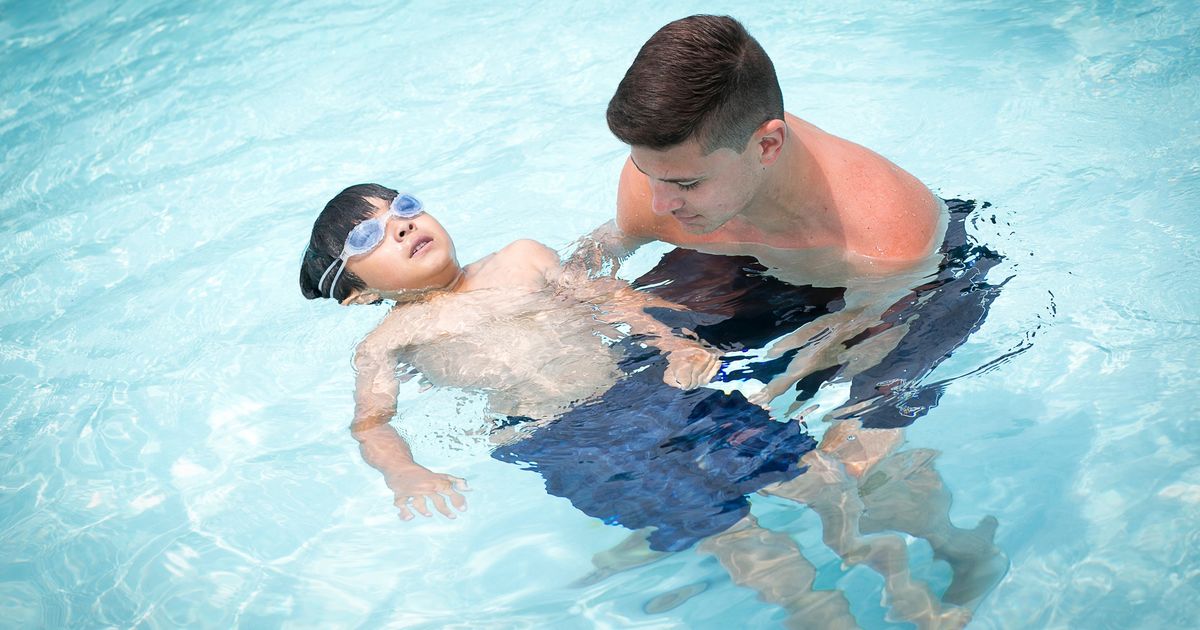
Numerous establishments have observation windows or let parents attend a portion of the class. This fosters trust and enables you to track your child's development. Partial visibility is crucial, but hovering all the time might not be the best option.
8. While flotation devices might be useful, they should not be used as crutches.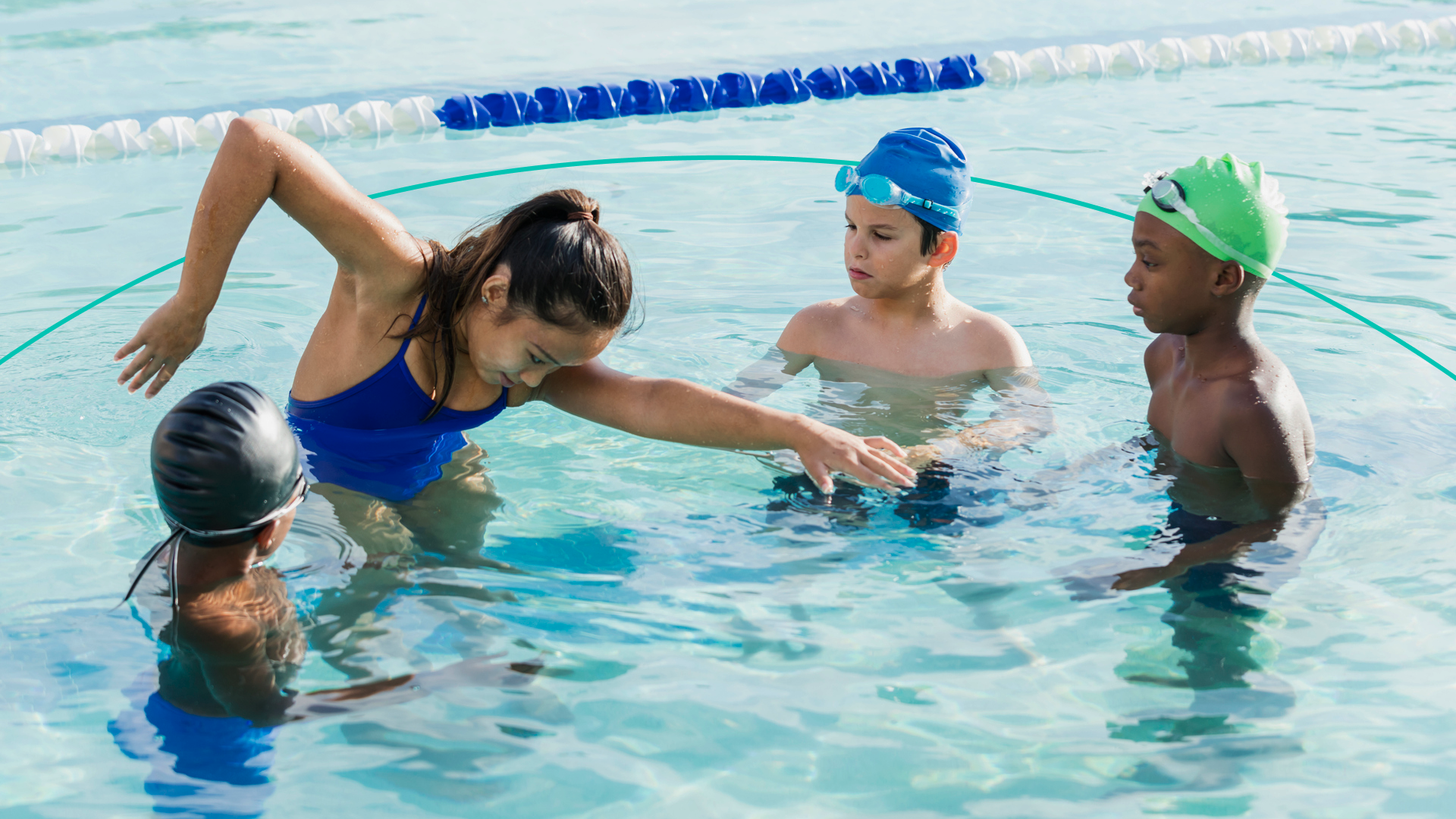
In the beginning, flotation aids such as floaties, puddle jumpers, or bubbles can provide security and assistance. However, lessons should be planned to gradually wean kids off of them while promoting self-reliance and water confidence.
9. Fear of water is common, but it may be overcome.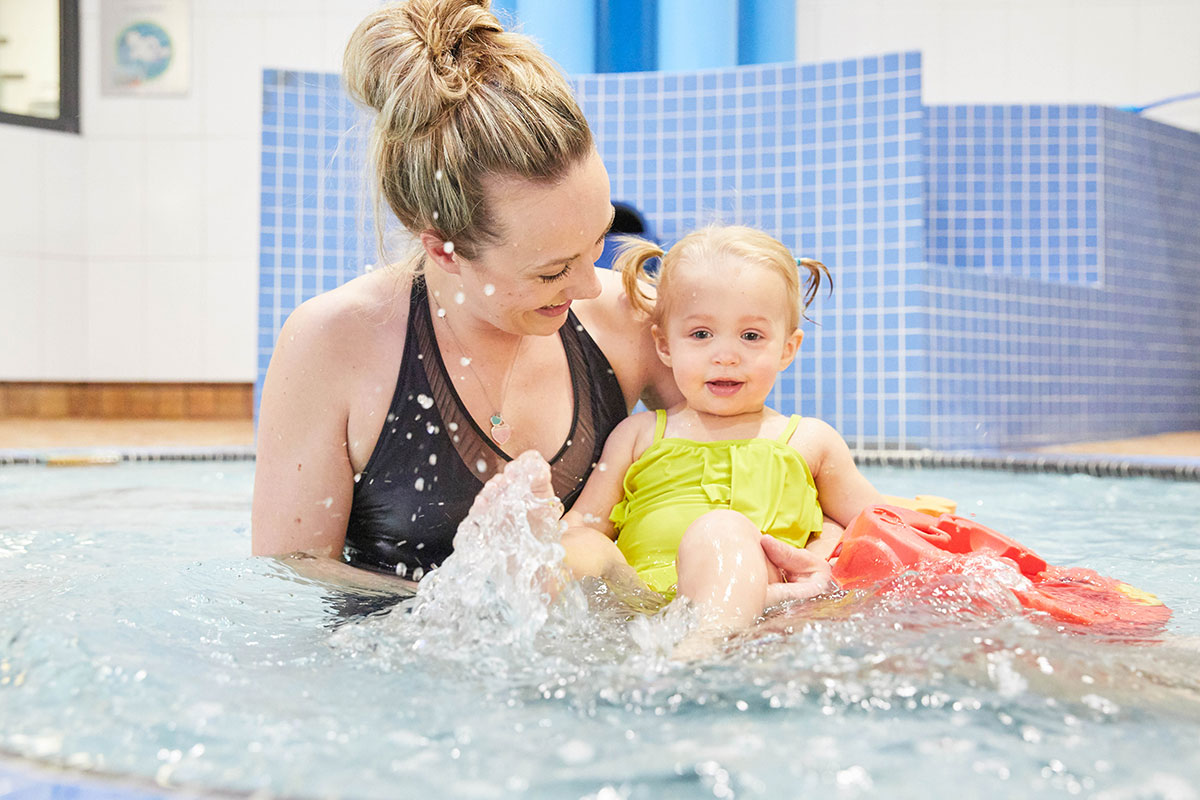
Do not freak out or yank your child away if they are afraid. Since water phobia is widespread, positive reinforcement combined with gradual exposure helps a lot. A caring educator will change the tempo to foster comfort and trust.
10. A child who can swim is not inherently drowning proof.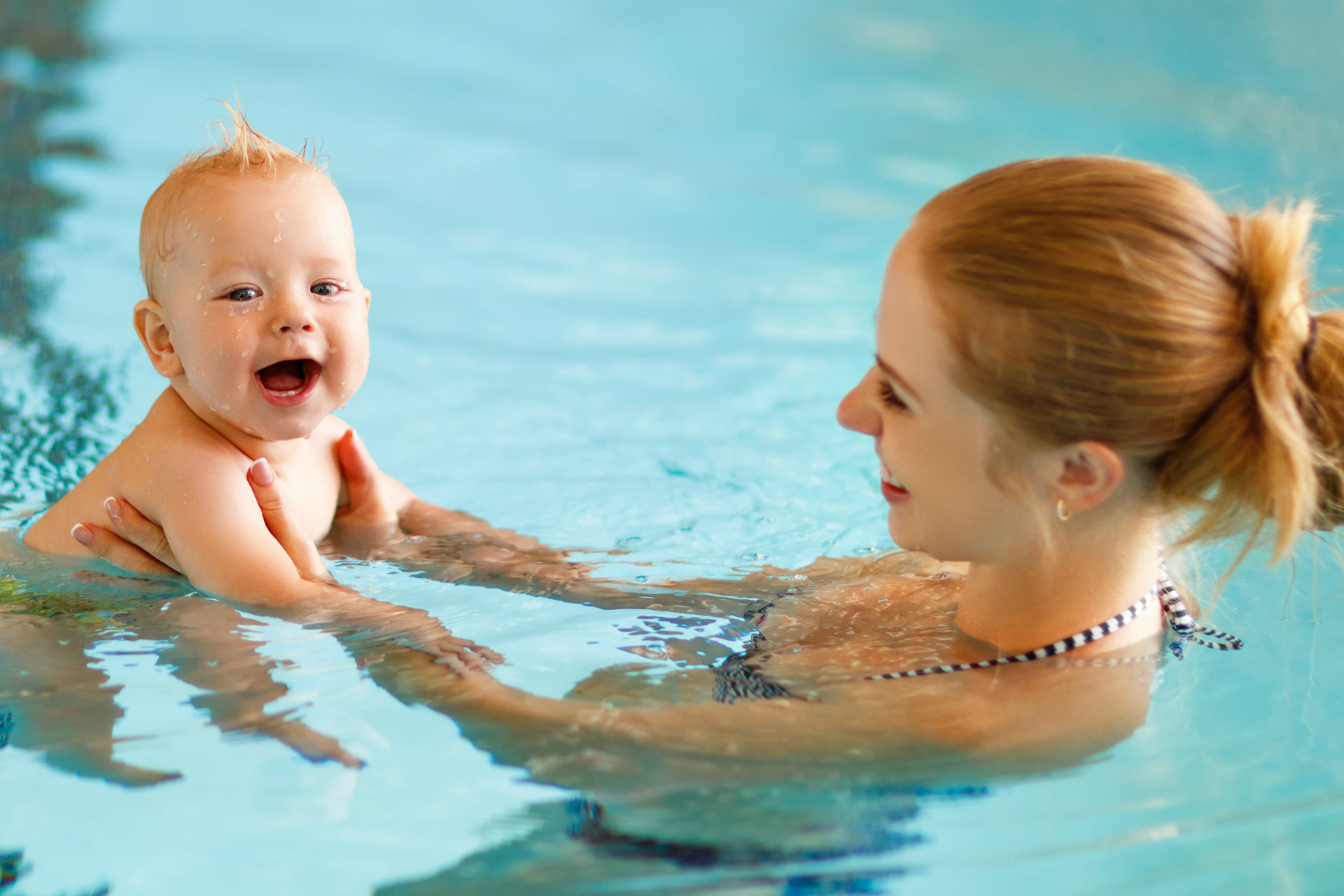
When children are overconfident, exhausted, or caught off guard, accidents occur. Life jackets and vigilant supervision are still necessary when boating or participating in water sports, even though swimming skills lower risk.
Concluding remarks
Learning to swim is an essential kind of protection, not just another milestone in childhood. They provide parents with peace of mind and teach children how to enjoy the water safely. Knowing how to breathe, float, and move confidently could one day save your child's life, whether they are splashing at the beach or lounging by the pool.
Playing in the water is fun, but safety comes first.
What's Your Reaction?








